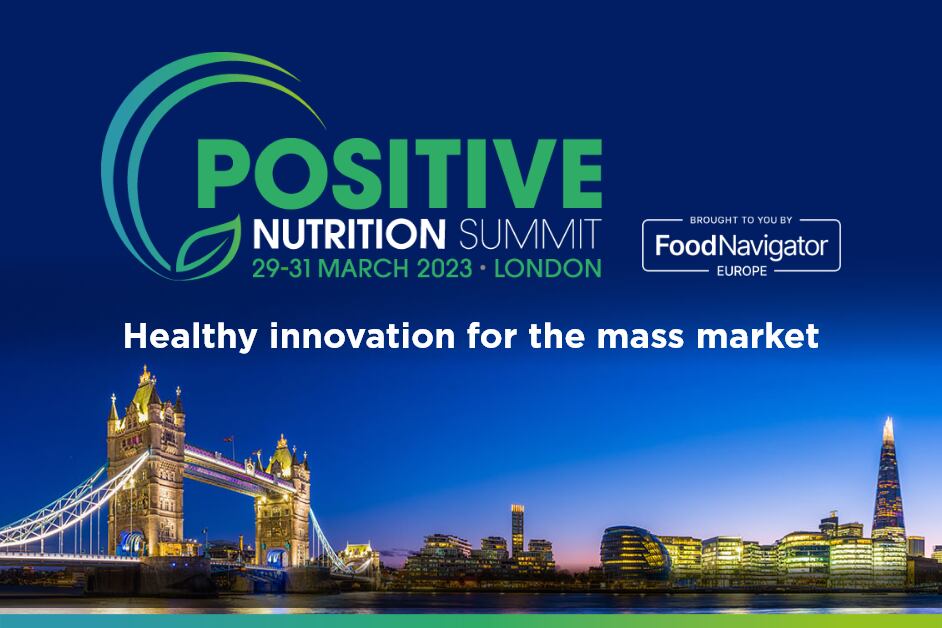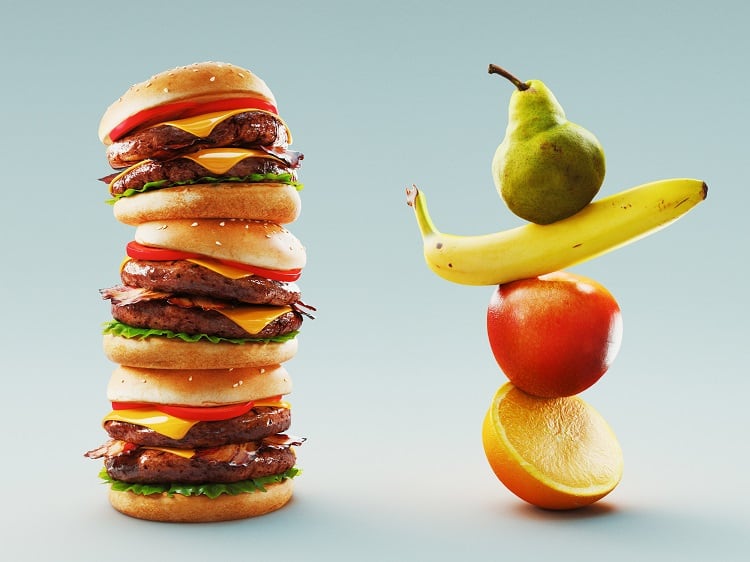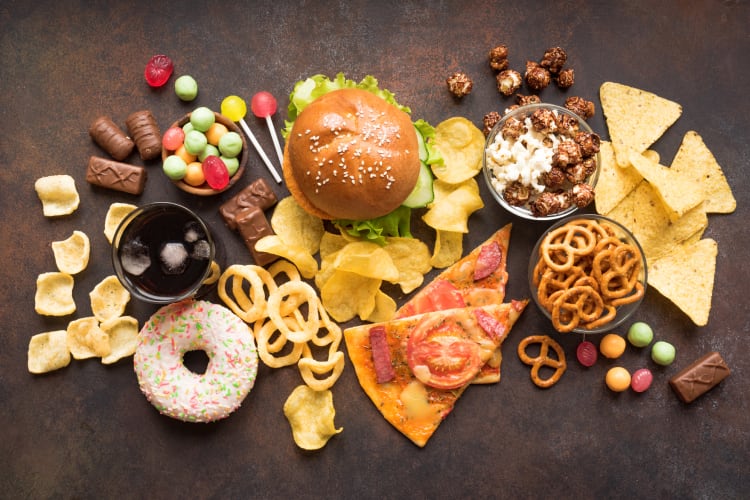Ultra-processed foods (UPFs) are well and truly in the spotlight, with a growing number of studies linking excessive consumption to a range of health risks, from cardiovascular disease to cancer and death.
From a public health perspective, such findings are alarming. Undoubtedly, they also contribute to the stigmatisation of UPFs. Could it be that we’re too focused on UPFs – and what foods not to eat – rather than what we should?
Swapping out UPFs for minimally processed foods
When categorising the processing level of food and drink products, the Brazilian designed NOVA food classification system is the most widely used in scientific literature.
NOVA classifies all foods into four groups: unprocessed and minimally processed foods; processed culinary ingredients; processed foods; and ultra-processed foods. According to NOVA’s definition of UPFs, these foods are formulations of ingredients, mostly of exclusive industrial use, typically created by series of industrial techniques and processes (hence ‘ultra-processed’).
Some common ultra-processed products are carbonated soft drinks; sweet, fatty or salty packaged snacks; confectionery; cookies, pastries, and cakes; sweetened breakfast cereals; pre-prepared meat, cheese, pasta and pizza dishes; and sausages, burgers, hot dogs and other reconstituted meat products.
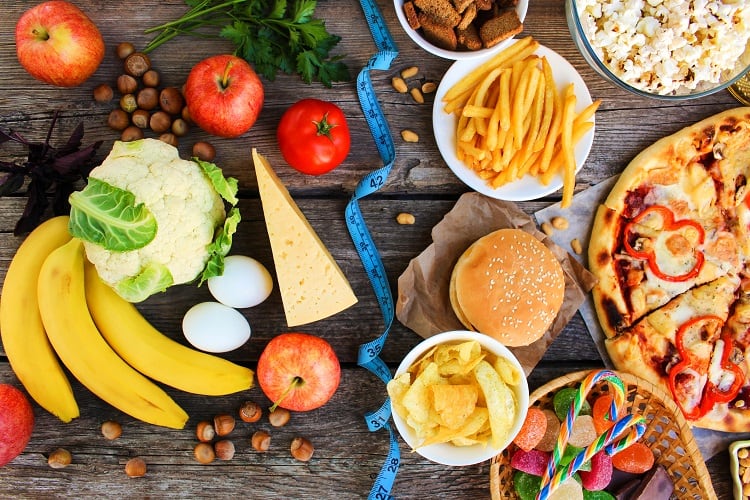
That UPFs have negative impacts on public health is very rarely refuted.
Indeed, UPFs were again in the spotlight this week, as the International Agency for Research on Cancer (IARC) and partners suggested that replacing processed and ultra-processed foods and drinks with an equal amount of minimally processed foods and drinks may reduce the risk of various cancer types.
The study, published in The Lancet Planetary Health, was based on the European Prospective Investigation into Cancer and Nutrition (EPIC) cohort study. It received funding from Cancer Research UK and the World Cancer Research Fund International.
Specifically, the scientists found that substituting 10% of processed foods with an equal amount of minimally processed foods was associated with reduced risks of overall cancer and specifically head and neck cancers, oesophageal squamous cell carcinoma, colon cancer, rectal cancer, hepatocellular carcinoma, and postmenopausal breast cancer.
“Food processed has long been suspected to play a role in cancer development, however, data from large-scale epidemiological studies are scarce,” said Dr Inge Huybrechts, a scientist in the Nutrition and Metabolism Branch at IARC. “These results provide important new evidence on the potential role of food processing in cancer development and can help to put in place public health nutrition policies.”
Too much focus on what not to eat?
Such findings clearly suggest that minimally processed food and drink products should be favoured over UPFs.
Other products that often find themselves in the ‘to avoid’ category include those containing high levels of fat, salt and sugar (HFSS). While many UPF products could be classified as high in fat, salt or sugar (HFSS), categorising them together is too simplistic, suggests Dr Duane Mellor, senior lecturer and associate dean, public engagement, at Aston Medical School in the UK.
There are obvious crossovers such as cake, biscuits, pies, confectionery, and soft drink, they told delegates at an online event this week hosted by MyNutriWeb, a provider of nutrition education to health professionals.
But some diet food, often marketed as ‘lite’ products, would be classified by NOVA as ultra-processed, and not HFSS. Conversely, high-fat products such as butter and oily fish are HFSS, but not necessarily ultra-processed.
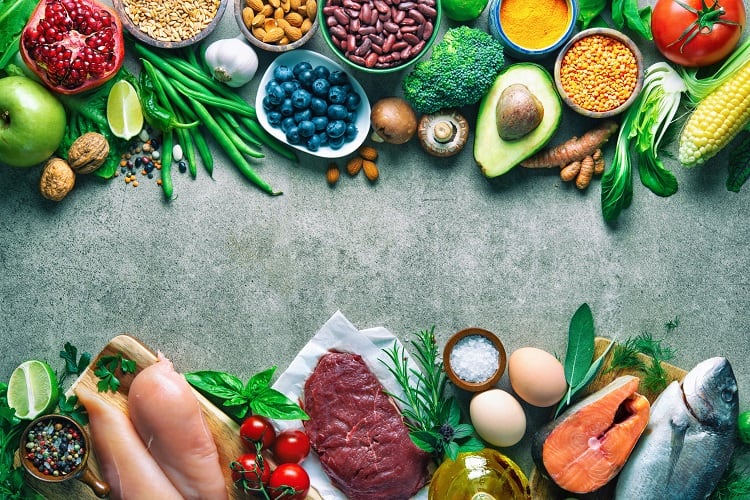
Whether UPF or HFSS, the message is clear: consume less. But is there too much focus on what not to eat, rather on what foods people are not eating enough of?
Dr Mellor believes so. They are advocating for more consumption of almost everything not classified a UPF or HFSS product, “We need to include fruits, nuts, seeds, and fruit – a variety of many foods that we know make up a healthy diet,” they told members of the health profession.
“We focus on UPF, we focus on HFSS, but we don’t necessarily talk enough about what we should be eating. We need more positive messaging [about food which is] nutritious, enjoyable, and sustainable.”
Dr Mellor added: “We could use the term UPF, but we could also say ‘We can eat more vegetables, fruits, pulses and seeds’.”
Being aware of the stigma in challenging environments
Some form of food processing is necessary to maintain shelf-life, and therefore food safety, in modern society. But processing that ‘breaks up the matrix’ of a whole food product, meaning that it loses its natural structure, might be the problem, suggested Dr Mellor.
There are, of course, foods that are minimally processed that don’t contain excessive quantities of added fat, salt and sugar on the market. These minimally processed products are those commonly favoured by dietary guidelines. “If you look at the Mediterranean diet, you’ll see foods with a ‘whole matrix’ that don’t have a lot of added fat, salt and sugar. They have not been disrupted [to the same extent].” It is important these foods are promoted, suggested the researcher.
Another concern is that negative communication around UPFs is ‘stigmatising’ the term, when in reality UPF is predominantly safe and accessible.
“We have a cost-of-living crisis and a lot of UPF is ‘safe’. If [consumers] are struggling for cash, these are [foods] they can put on the plate and know their family will eat.
“If you’re saying UPFs are the ‘nasties’, that’s pushing away people who are struggling to eat well. [Instead] we’d want to engage in support to help [consumers] make healthy choices.”
Rather than ‘mis-demonise’ foods many already know are ‘not ideal’, but often ‘safe go-to’ products, Dr Mellor wants to make it easier for the public to eat healthier foods. “Particularly in times of money shortages and stress.”
Dr Mellor wants to make it easier for the public to eat healthier foods, rather than ‘mis-demonising’ foods many already know are ‘not ideal’, but are often ‘safe go-to’ products. “Particularly in time of money shortages and stress.”
Source: The Lancet Planetary Health
‘Food processing and cancer risk in Europe: results from the prospective EPIC cohort study’
Published March 2023
DOI: https://doi.org/10.1016/S2542-5196(23)00021-9
Authors: Nathalie Kliemann, Fernanda Rauber, Renata Bertazzi, Inge Huybrechts et al.
Keen to hear more about ultra-processed food? Come join us at our upcoming face-to-face event in London Positive Nutrition 2023: Healthy Food for the Mass Market.
Over the course of three days (29-31 March), FoodNavigator journalists will be joined by a host of experts from dieticians and nutritional scientists to food entrepreneurs and big brands to examine how the latest nutritional science and technology can meet evolving consumer demands.
For more information or to register, click HERE.
